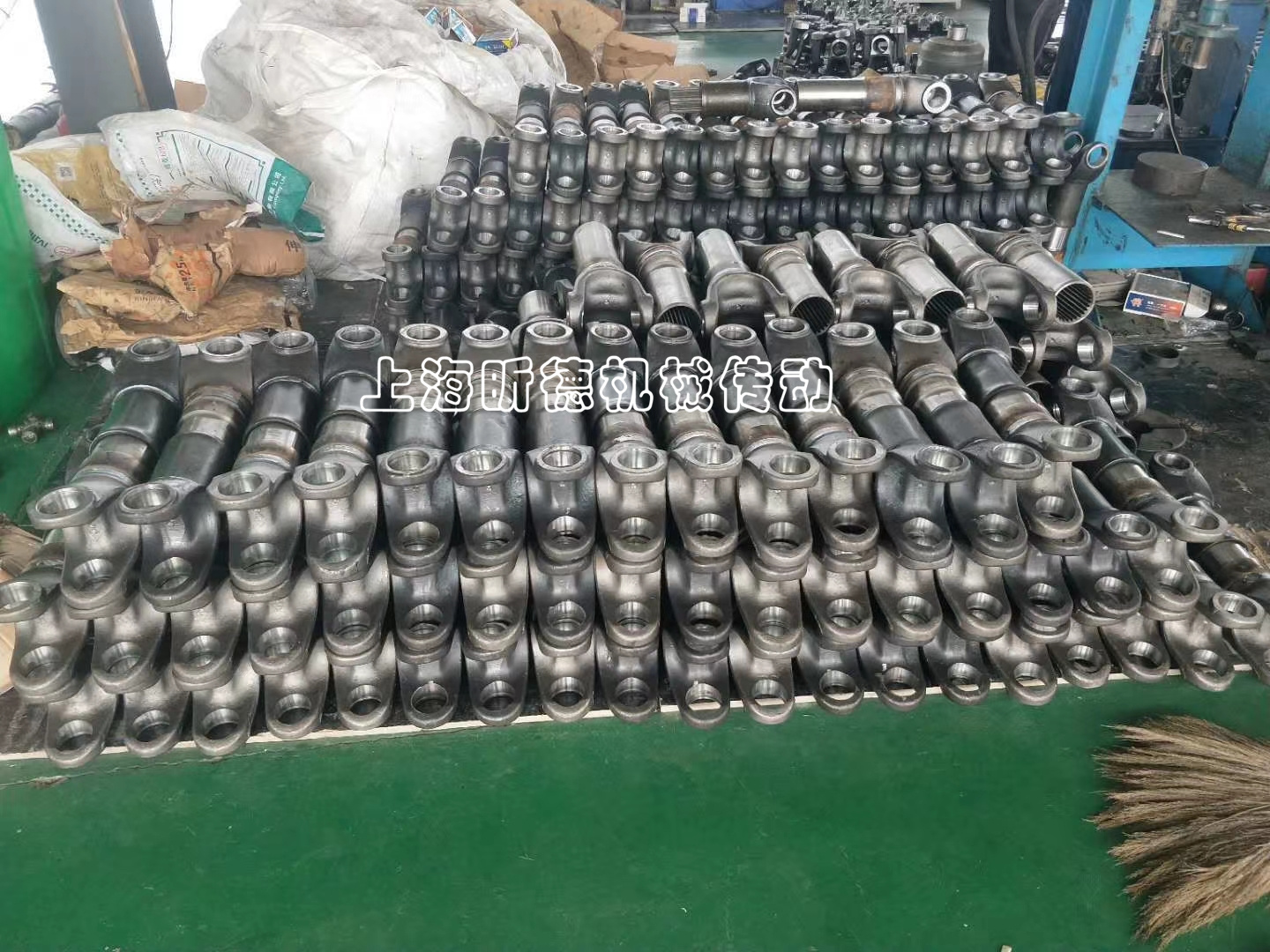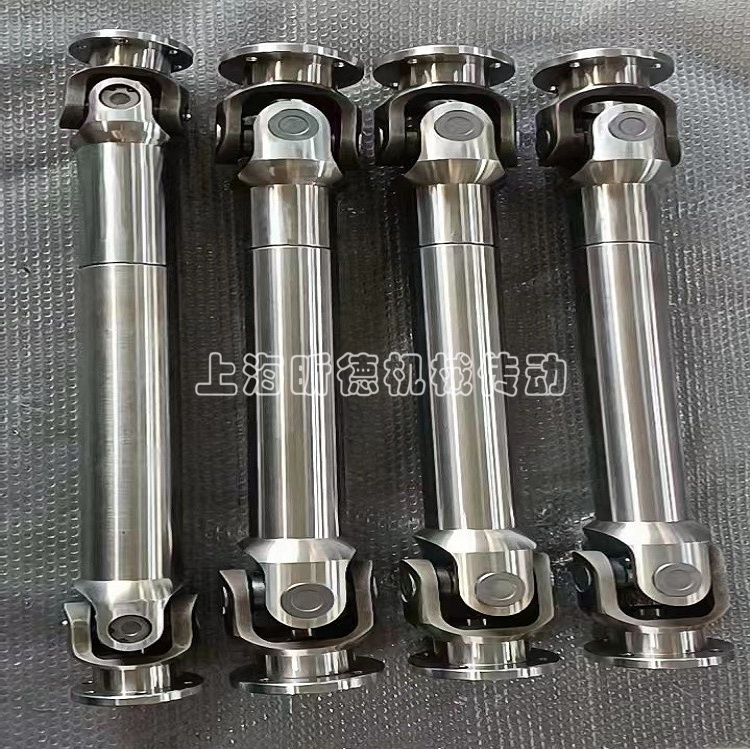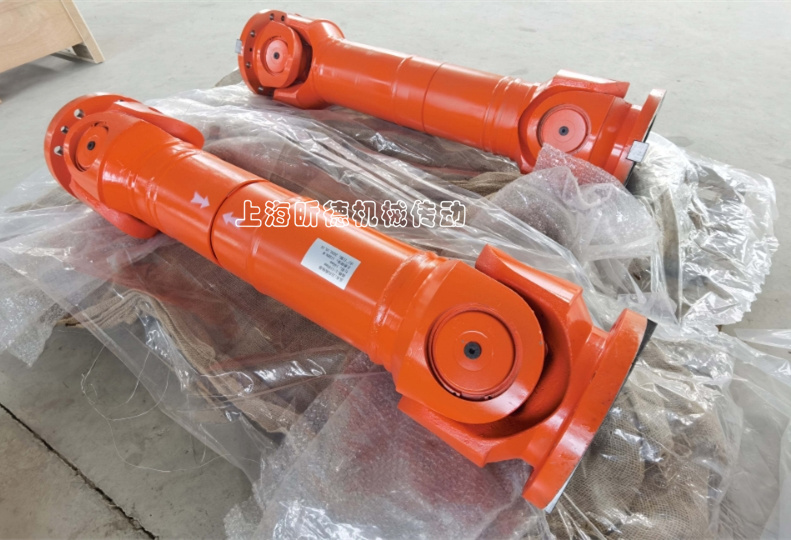What materials are typically used to make universal joints? What characteristics do these materials possess?
Under different operating conditions, material characteristics need to match key indicators such as torque transmission, environmental adaptability, and cost-effectiveness. As an important transmission component in machinery, do you know what materials universal joints are usually made of? In this article, Xinde will analyze the most commonly used materials for universal joints and their key characteristics, providing a reference for engineering selection.

I. Steel: The Cornerstone of Industrial Applications
-
Carbon structural steel (such as 45# steel)
Characteristics: After quenching and tempering treatment, its hardness can reach HRC 28-32, with a tensile strength of ≥600 MPa, exhibiting good comprehensive mechanical properties.
Application: Suitable for general transmission scenarios with medium-low speeds and medium loads, offering excellent cost-effectiveness.
-
Alloy structural steel (such as 40Cr, 35CrMo)
Characteristics: By adding elements like Cr and Mo, the hardenability is improved by over 30%, with a high-temperature strength of up to 800 MPa and outstanding fatigue resistance.
Application: The primary material for heavy machinery and metallurgical equipment operating under high dynamic loads.

II. Stainless Steel: The Guardian in Corrosive Environments
-
Austenitic stainless steel (304/316L)
Characteristics: 316L contains 2-3% molybdenum, enhancing its pitting resistance in chloride environments by more than five times compared to 304, and maintaining toughness even at -196°C.
Application: Special scenarios requiring rust and corrosion resistance, such as food processing, marine engineering, and chemical equipment.
III. Lightweight Materials: Aluminum Alloys and Engineering Plastics
-
High-strength aluminum alloy (7075-T6)
Characteristics: With a density one-third that of steel and a specific strength of 156 MPa/(g/cm³), it offers superior corrosion resistance compared to carbon steel.
Application: High-precision transmission systems sensitive to weight, such as those in aerospace and robot joints.
-
Engineering plastics (POM/PA66)
Characteristics: Self-lubricating properties result in a friction coefficient as low as 0.1-0.3, with a temperature resistance range of -40°C to 150°C and excellent electrical insulation.
Application: Scenarios requiring vibration and noise reduction, such as medical devices and precision instruments.
IV. How to Choose the Right Material?
Load Rating: For rated torques < 5000 N·m, steel is preferred; for > 10000 N·m, alloy steel is recommended.
Environmental Factors: Select 316L stainless steel for corrosive media and Inconel alloy for high-temperature environments.
Precision Requirements: Aluminum alloy or ceramic materials are recommended for high-speed transmissions (> 3000 rpm).
Cost Considerations: Engineering plastics can be considered as an alternative to metal solutions for mass production.

As a professional manufacturer of universal joints, Shanghai Xinde strictly controls the quality of raw materials and employs advanced heat treatment and surface treatment processes. For customized material solutions for universal joints, please contact our Shanghai Xinde technical team for exclusive selection advice.




